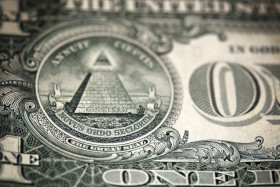The US dollar ended the past trading week as the weakest currency on the Forex market. Prospects for an interest rate cut from the Federal Reserve was one of the main themes for talks among investors lately. But the latest developments in the trade war saga may change things.
The threats of US tariffs on Mexican goods made investors question how bad the impact of a trade war between the United States and its southern neighbor on the US economy can be and if it will encourage the Fed to ease monetary policy. The extremely poor nonfarm payrolls released on Friday made market participants see a rate cut as almost guaranteed. But now, reports suggest that US President Donald Trump dropped his plans of implementing tariffs on Mexican imports after a deal with Mexico to limit illegal immigration was made. And traders wonder if that will be enough for the Fed to change its plans.
The past trading week was full of important events for the Australian dollar. The Reserve Bank of Australia delivered the expected interest rate cut, though, surprisingly, the Aussie managed to rise on the day of the cut. Yet it fell against some of its rivals later. The Australian economy accelerated its growth, rising 0.4% in the first quarter of this year, in line with expectations. Retail sales were disappointing, falling 0.1% in April from March instead of rising 0.2% as analysts had predicted.
The Canadian dollar was soft initially during the week but managed to recover by the weekend thanks to good employment data.
EUR/USD climbed from 1.1164 to 1.1332 during the week. AUD/USD gained from 0.6933 to 0.6999. USD/CAD slumped from 1.3519 to 1.3265.
If you have any questions, comments, or opinions regarding the US Dollar, feel free to post them using the commentary form below.
US Dollar Ends Week Weakest, Has Potential to Recover
